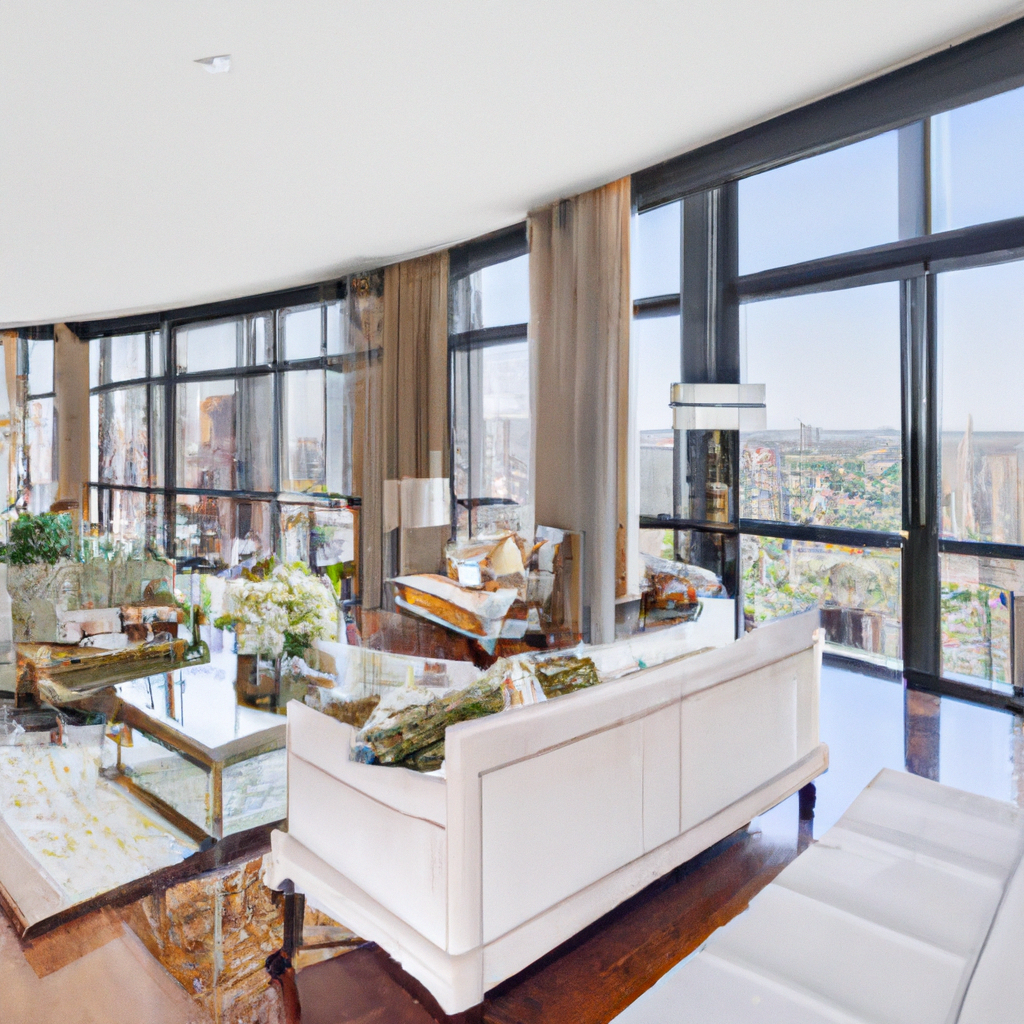In a solemn testament to her lingering influence on popular culture and cinematic history, the former residence of Marilyn Monroe has been officially designated as a landmark. This recognition seals her abode, not merely as a structure of brick and mortar, but as an enduring emblem of her era-defining charisma and vulnerability. Monroe, an emblem of Hollywood’s golden age, continues to captivate the imagination of aficionados and critics alike, her personal spaces now immortalized to act as poignant reflections on her life and career.
The art world this morning reverberates with the echoes of a controversy surrounding the esteemed contemporary artist Kehinde Wiley. An accuser has fired back against what they perceive as attempts to sideline critical discourse about Wiley’s work and methodologies. This response highlights a broader dialogue about censorship, artistic expression, and the responsibilities of artists in positions of influence. Wiley, known for his vibrant, pattern-rich portraits that commandeered the aesthetic narratives of Western art history, finds his work scrutinized both for its artistic merit and its societal implications.
These stories not only underscore the dynamic and continually evolving landscape of culture and art but also remind us of the interplay between personal histories and public memories. As New Yorkers and indeed, as global citizens, we find our mornings punctuated by reflections on fame, artistry, and the permanent imprints left on society by icons of their time.
Today’s digest of art, culture, and societal commentary invites readers to look beyond the surface, challenging them to ponder the deeper narratives woven into the fabric of everyday experiences. Each article serves as a reminder of the vast tapestry of stories that cities like New York house, constantly shaping and reshaping the contours of cultural discourse under the ever-watchful eyes of its beholders.

